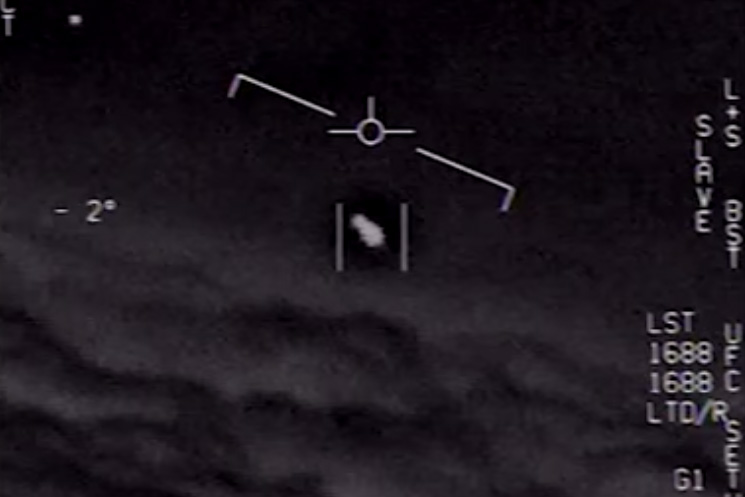NASA is setting up an independent research team to study UFOs in the interest of “both national security and air safety,” the agency said Thursday in a press release.

Through this study, NASA said it hopes to push forward our scientific understanding of UFOs.
UFOs — or unexplained aerial phenomena (UAPs) as they’re now called — have long captured the imaginations of the public through sci-fi movies and urban legends. But recently, governments and agencies have started to seriously investigate the phenomena.
Last month, the U.S. held its first public hearing on the topic in over 50 years after a report found that U.S. military pilots had encountered over 144 UAPs since 2004. Navy officials announced during the hearing that, actually, that number had risen to 400 encounters.
NASA is not directly collaborating with the military or U.S. government on its investigation but will be gathering and analyzing non-classified government data.
In fact, data collection will be the first order of business for the study team, which will be led by astrophysicist David Spergel, former chair of Princeton University’s astrophysics department.
“Given the paucity of observations, our first task is simply to gather the most robust set of data that we can,” Spergel said. “We will be identifying what data — from civilians, government, non-profits, companies — exists, what else we should try to collect, and how to best analyze it.”
NASA expects the study to take about nine months and will begin in the fall. Experts in aeronautics, data analytics, and other relevant scientists will be tapped to advise the team.
The results will also be totally public, according to Daniel Evans, a research administrator at NASA who will oversee the team.
“All of NASA’s data is available to the public — we take that obligation seriously — and we make it easily accessible for anyone to see or study,” Evans said.
NASA, though, is aware that this decision to study UAPs may turn some heads.
Thomas Zurbuchen, NASA’s associate administrator for science in Washington, acknowledged that the broader scientific community may see this decision as NASA “kind of selling out,” but he disagrees.
“We are not shying away from reputational risk,” Zurbuchen said during a National Academy of Sciences event. “Our strong belief is that the biggest challenge of these phenomena is that it’s a data-poor field.”
In a similar vein, Spergel said during a news conference that “we have to approach all these questions with a sense of humility.”
“I spent most of my career as a cosmologist. I can tell you we don’t know what makes up 95 per cent of the universe,” he added.
Spergel said the only preconceived notion that he is carrying with him into the study is that UAPs will likely have multiple explanations. Though NASA did pre-emptively say in the press release that, “There is no evidence UAPs are extra-terrestrial in origin.”
According to The Associated Press, the nine-month-long study will cost only US$100,000.
“NASA believes that the tools of scientific discovery are powerful and apply here also,” Zurbuchen said.
“We have the tools and team who can help us improve our understanding of the unknown. That’s the very definition of what science is. That’s what we do.”









Comments